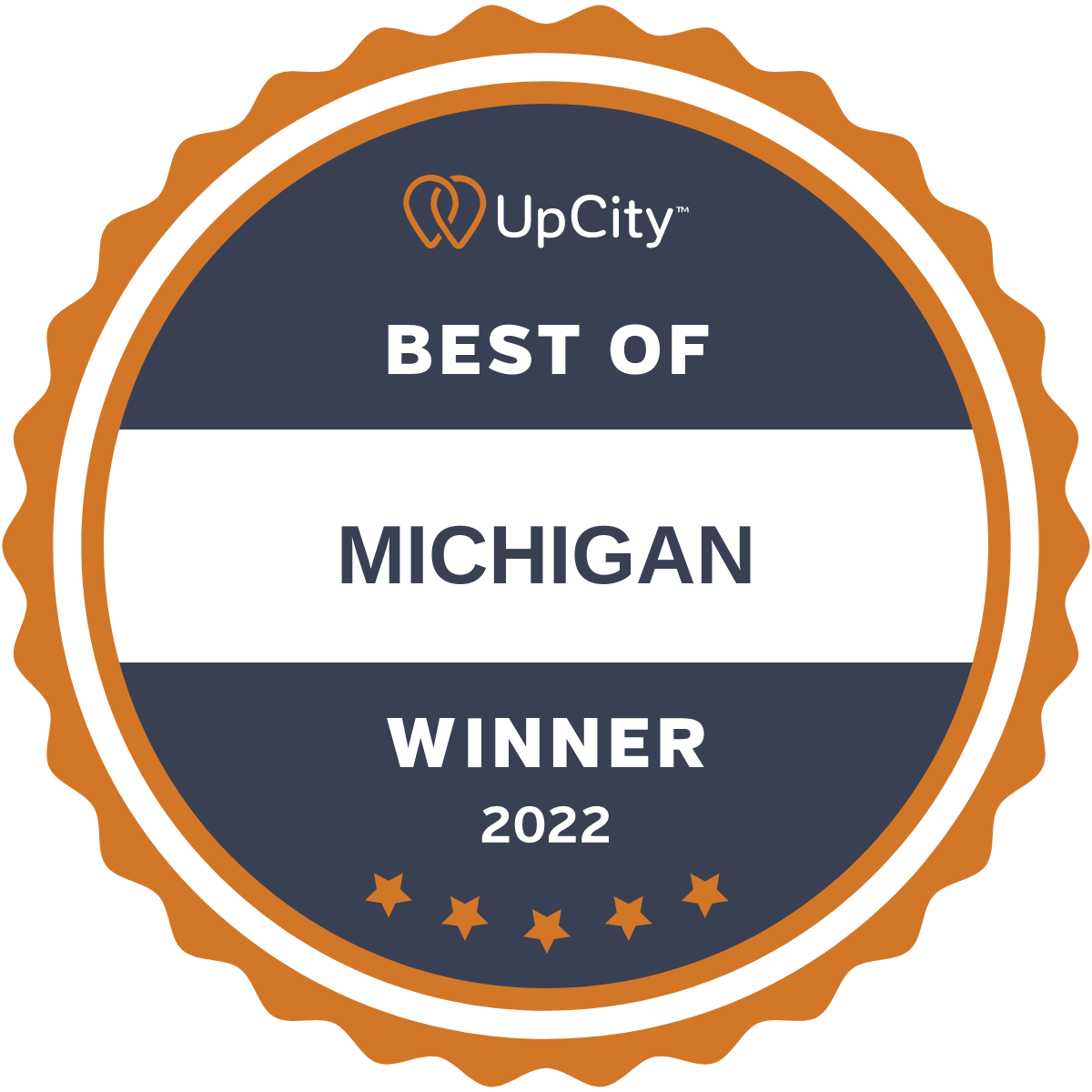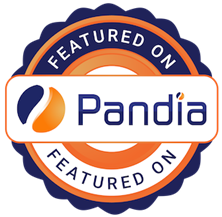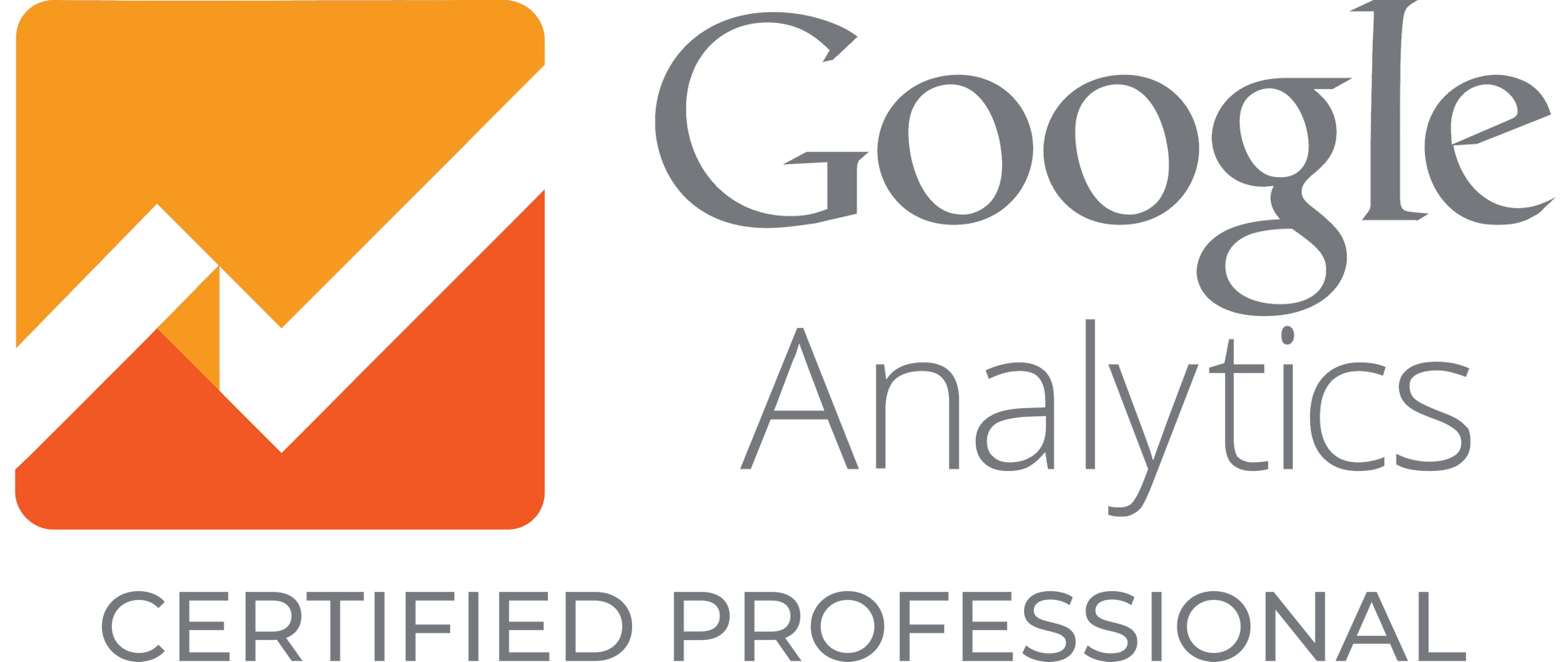Going Hyperlocal: How to Use SEO for Focus Locations and Areas
Think of traditional SEO as casting a wide net, while hyperlocal SEO is like zooming in with a magnifying glass. It's about optimizing your online presence to attract customers within a particular geographic area – neighborhoods, particular blocks, or even individual streets.
📲 Do you need a partner for local SEO? Schedule a Call with Speck Designs. 📞
A Real-World Example
Imagine you're craving Italian food in Los Angeles. Instead of a generic search for "Italian restaurants," you will likely specify your neighborhood, like "Italian restaurant Silver Lake." This search will surface the closest and most relevant options. A well-optimized hyperlocal strategy lands a restaurant on that results list, influencing your decision of where to dine.
Why Hyperlocal Matters (Especially for Certain Businesses)
Local businesses like cafes, hair salons, auto shops, or neighborhood stores have much to gain from hyperlocal SEO. Here's why:
Smaller Competitive Pool: Ranking highly for "mechanic Burbank" is far more achievable than trying to dominate a city-wide or broader search.
Geo-Targeted Customers: People searching for businesses near them are often ready to buy. Hyperlocal SEO helps you connect with these high-intent customers.
Foot Traffic Boost: Appearing in a "restaurants near me" search means customers are just a short walk or drive away, leading to increased walk-ins.
Hyperlocal SEO Tactics:
Google Business Profile Power-Up
Start by claiming and verifying your Google Business listing. Ensure all information, such as your address, operating hours, and contact details, is accurate and up-to-date. Additionally, optimize your listing with relevant keywords that potential customers might use when searching for businesses like yours. A fully filled-out profile improves your search engine ranking and provides valuable information to potential customers.
To further enhance your Google Business Profile, consider incorporating high-quality photos of your business, products, and services. Visual content can make your listing more appealing and help customers better understand what you offer.
Directory Domination
Expand your online presence by getting listed in neighborhood-specific directories, community websites, and local Chamber of Commerce pages. These platforms cater to regional audiences and can significantly boost your visibility within your target community. Explore both digital and physical directories to ensure comprehensive coverage. Additionally, actively participate in local business associations and events to strengthen your network and relationships within the community.
In addition to traditional directories, explore emerging platforms such as location-based apps and specialized business networks. Being present on innovative platforms can give you a competitive edge and attract tech-savvy customers.
Location-Centric Content
Create engaging and informative content highlighting your business's connection to the neighborhood. Develop blog posts, website pages, or social media updates that showcase the unique aspects of your locality. For example, create content about "Hidden Gems in Our Neighborhood" or "Local Artists We Support." This type of content attracts local residents and appeals to visitors looking for authentic experiences.
Consider collaborating with local influencers or bloggers to co-create content that resonates with the community. Partnering with influential voices can amplify your message and broaden your reach among local audiences.
Optimize Content with Hyperlocal Keywords
Content remains a cornerstone of good SEO, and hyperlocal optimization is no exception. Once you've researched the best keywords, it's time to craft content that speaks directly to your local audience.
Naturally, incorporate keywords referencing your neighborhood, districts, or well-known landmarks.
Once you have your hyperlocal keywords, here's where to prioritize them for maximum impact:
- Page Titles: These are prime SEO real estate.
- Meta Descriptions: They summarize your content for search results – make sure keywords are present.
- Headings: Structure your content using headings (like H1, H2, etc.) and include keywords where it makes sense.
- Body Text: Use keywords naturally within the main paragraphs of your content.
- Image Alt Text: Even image descriptions offer an opportunity to boost relevance.
- Google Business Profile: Consistently use hyperlocal keywords within your profile description and updates.
Encourage Online Reviews With Location Tags
Proactively encourage satisfied customers to leave reviews that mention your neighborhood or specific location. Positive reviews with geographic references reinforce your local relevance and improve your credibility and trustworthiness. Implement a systematic approach to collecting reviews, such as sending follow-up emails with personalized requests or incentivizing customers to share their experiences.
To maximize the impact of location-tagged reviews, showcase them prominently on your website and social media channels. Highlighting authentic testimonials from local customers can reassure potential clients and strengthen your reputation as a trusted neighborhood business.
By leveraging these strategies effectively, you can establish a solid local presence, attract new customers, and foster lasting connections within your community. Continuously monitor and refine your approach to stay ahead in the dynamic landscape of local marketing.
Mobile Matters to Hyperlocal SEO
Given the prevalence of mobile usage among hyperlocal searchers, it's crucial to prioritize mobile optimization for your website. A mobile-friendly website ensures seamless browsing and quick access to essential information while users are on the go. Implement responsive design techniques to adapt your site's layout and content to different screen sizes and resolutions. This enhances user experience and positively impacts your search engine rankings, as search engines like Google prioritize mobile-friendly websites in mobile search results.
To further optimize for mobile, consider reducing page load times and simplifying navigation. Streamlining the user experience on mobile devices can lead to higher engagement rates and increased conversions from hyperlocal traffic.
Voice Search Friendly
With the rising popularity of voice assistants like Siri, Alexa, and Google Assistant, optimizing for voice search queries is essential for capturing hyperlocal search intent. Many users rely on voice commands when searching for local businesses or services, often using phrases like "restaurants near me" or "gas stations nearby." Incorporate conversational and natural language keywords into your website content to align with how people speak when using voice search.
In addition to optimizing for specific "near me" queries, consider creating content that answers common questions related to your business or industry. By addressing these queries concisely and informatively, you can increase the likelihood of appearing in voice search results and attract hyperlocal customers seeking immediate solutions or recommendations.
User-Centric Approach
Ultimately, prioritize a user-centric approach when optimizing for hyperlocal search. Anticipate the needs and preferences of mobile users searching for nearby businesses or services. Provide clear and concise information, such as your location, operating hours, contact details, and unique selling points, prominently on your mobile-optimized website.
Regularly monitor and analyze mobile-specific analytics data to gain user behavior and preferences insights. Continuously refine your mobile strategy based on these insights to deliver a seamless and personalized experience for hyperlocal searchers, ultimately driving more foot traffic and conversions to your business.

Thank you! You have successfully joined our SD Insights email list.









